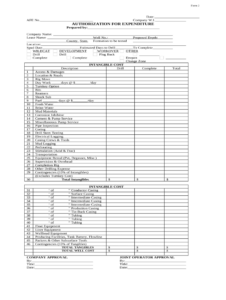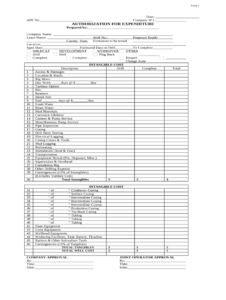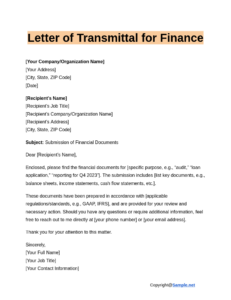Utilizing such a form facilitates accurate bookkeeping, simplifies reconciliation processes, and helps prevent unauthorized spending. It provides a clear audit trail, allowing for easy verification of expenses and contributing to stronger internal controls. This can help organizations minimize financial discrepancies and maintain accurate records for tax purposes.
This foundational understanding of these forms allows for a more in-depth exploration of related topics, such as petty cash management best practices, different methods for tracking expenses, and strategies for implementing robust internal controls within an organization.
Key Components of a Petty Cash Disbursement Form
Several essential elements ensure a properly documented withdrawal from a petty cash fund. These components contribute to accurate record-keeping, transparent financial practices, and effective internal controls.
1. Date: The date of the request is essential for proper record-keeping and chronological tracking of expenses.
2. Requestor Name/Department: Clearly identifying the individual or department making the request ensures accountability and allows for proper allocation of expenses.
3. Amount Requested: This specifies the exact amount of cash being withdrawn and should be written both numerically and alphabetically to prevent errors and alterations.
4. Purpose of Funds: A detailed description of the expense clarifies the reason for the disbursement. This ensures transparency and aids in categorizing expenses.
5. Supporting Documentation: Receipts or invoices related to the expense should be attached whenever possible. This provides verifiable proof of the transaction and strengthens audit trails.
6. Approving Authority Signature: An authorized signature signifies proper review and approval of the request, ensuring adherence to established procedures and spending limits.
7. Account Code (Optional): Assigning specific account codes can further streamline the categorization and tracking of expenses, particularly within larger organizations or those with complex accounting systems.
Accurate recording of these details is vital for maintaining a clear and auditable record of petty cash transactions. This information supports financial reconciliation efforts, assists in identifying spending patterns, and contributes to effective budget management.
How to Create a Petty Cash Request Form
Developing a standardized form for petty cash requests promotes financial transparency and accountability. The following steps outline the process of creating a comprehensive and effective form.
1. Determine Required Information: Essential fields include the date, requestor’s name and department, amount requested (numerical and written), purpose of funds, and space for supporting documentation. An approval signature line and an optional account code field may also be included.
2. Choose a Format: Forms can be created using spreadsheet software, word processing software, or dedicated form-building applications. Select a format that allows for easy data entry, clear printing, and secure storage.
3. Design the Layout: Organize the fields logically and clearly. Use clear labels and provide sufficient space for entries. Consider incorporating the organization’s logo and contact information.
4. Establish an Approval Process: Define who has the authority to approve petty cash requests and incorporate their designated signature lines. Establish clear spending limits and guidelines.
5. Implement and Train: Distribute the form to relevant personnel and provide training on its proper use. Emphasize the importance of accurate completion and adherence to established procedures.
6. Regularly Review and Update: Periodically review the form’s effectiveness and make necessary revisions. This ensures the form remains relevant and aligned with evolving organizational needs.
A well-designed form, combined with clear procedures and regular review, ensures efficient petty cash management and strengthens internal controls. This contributes to accurate financial record-keeping and supports responsible resource allocation within the organization.
Effective management of minor expenses requires a systematic approach. Standardized documentation, through a dedicated form for requesting disbursements from a small cash reserve, plays a crucial role in maintaining accurate records and ensuring accountability. Understanding the key components of such a form, along with establishing clear procedures for its creation, implementation, and use, are essential for sound financial practices. These measures provide a clear audit trail, facilitate reconciliation, and strengthen internal controls, contributing to efficient resource allocation and financial transparency within any organization.
Implementing a robust system for managing small expenditures, including a well-designed form and clear procedures, is an investment in financial health. This proactive approach minimizes the risk of errors, strengthens accountability, and allows organizations to focus on strategic financial management. Regular review and adaptation of these practices will ensure continued effectiveness and contribute to long-term financial stability.


